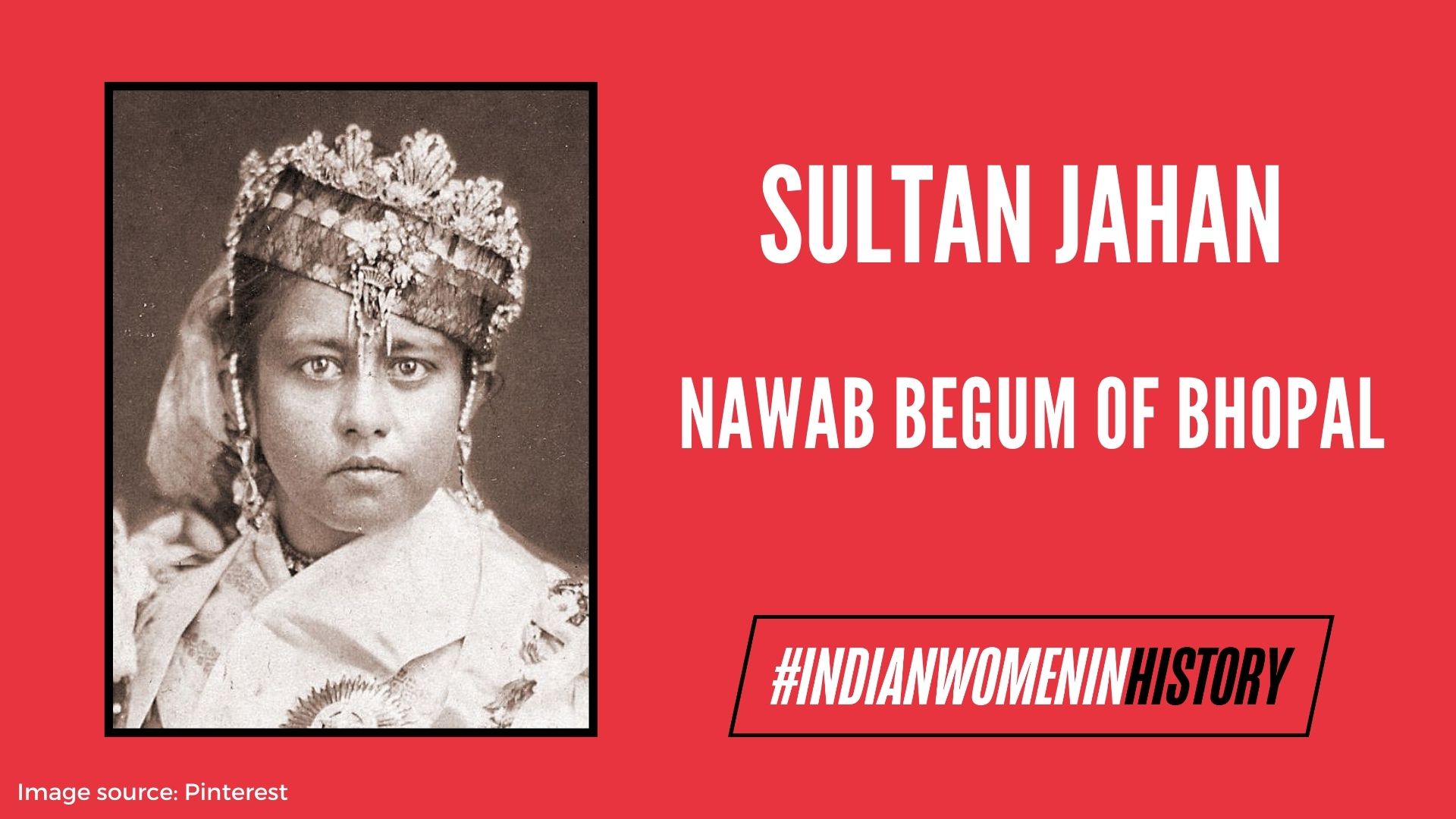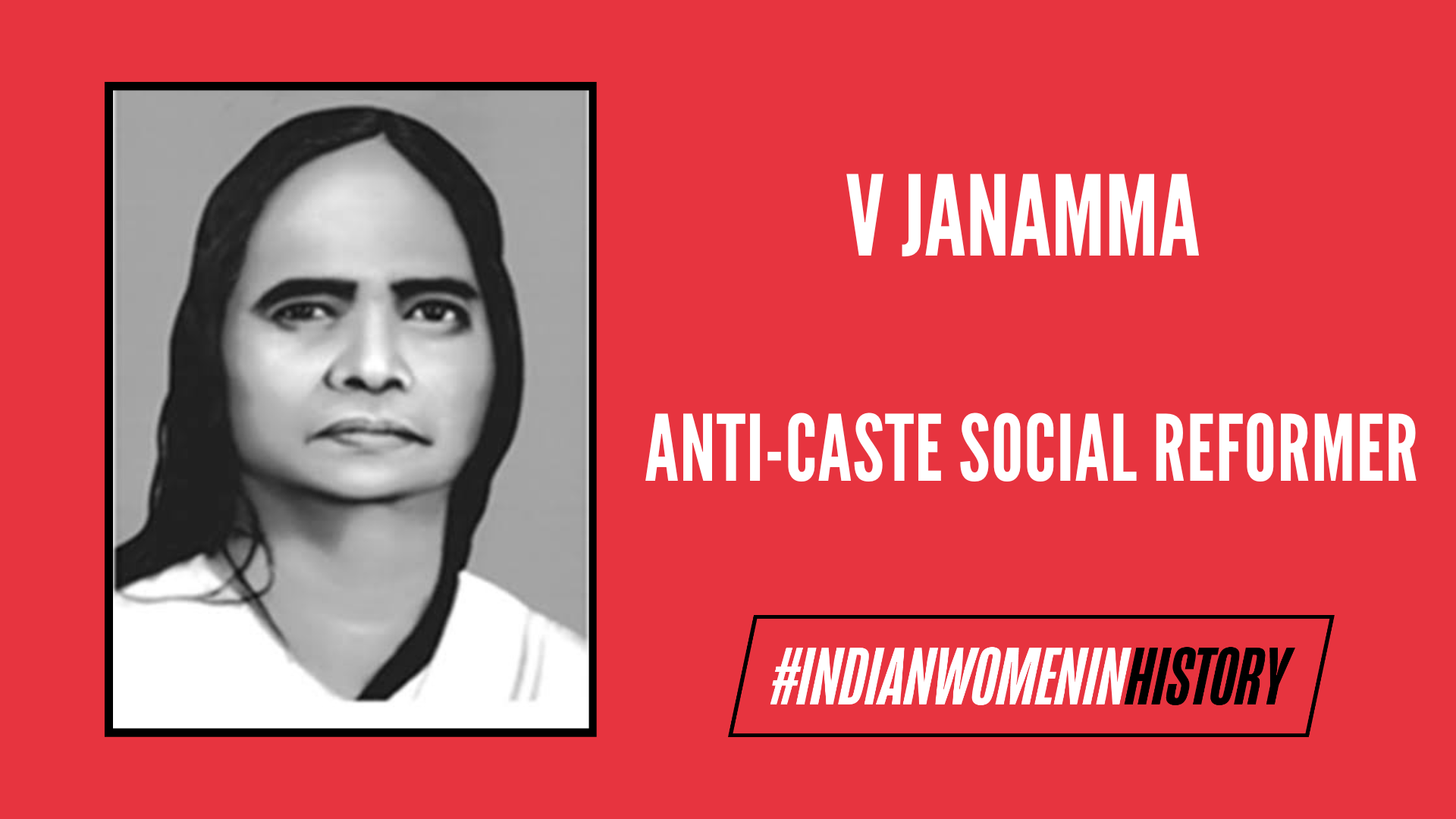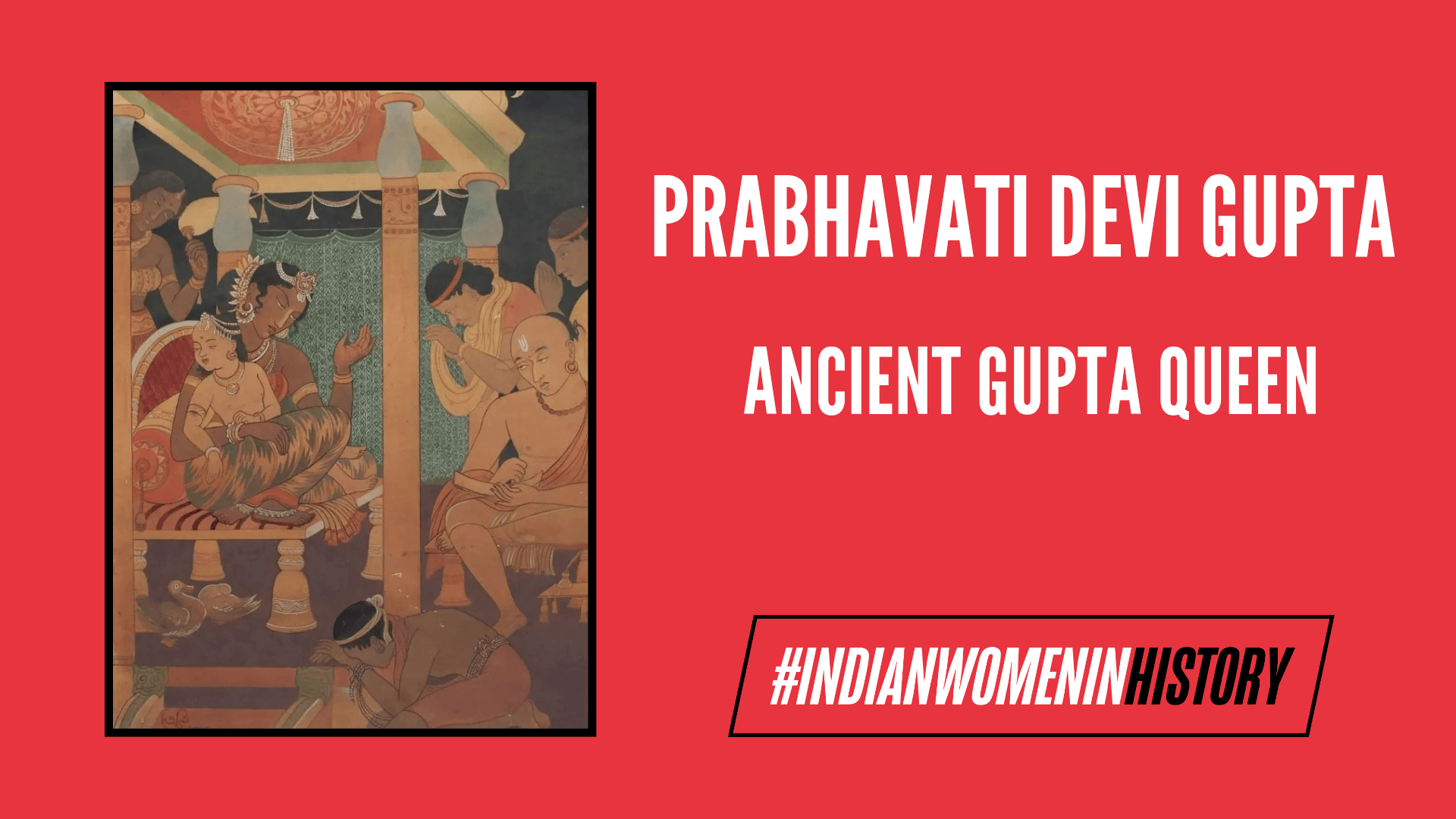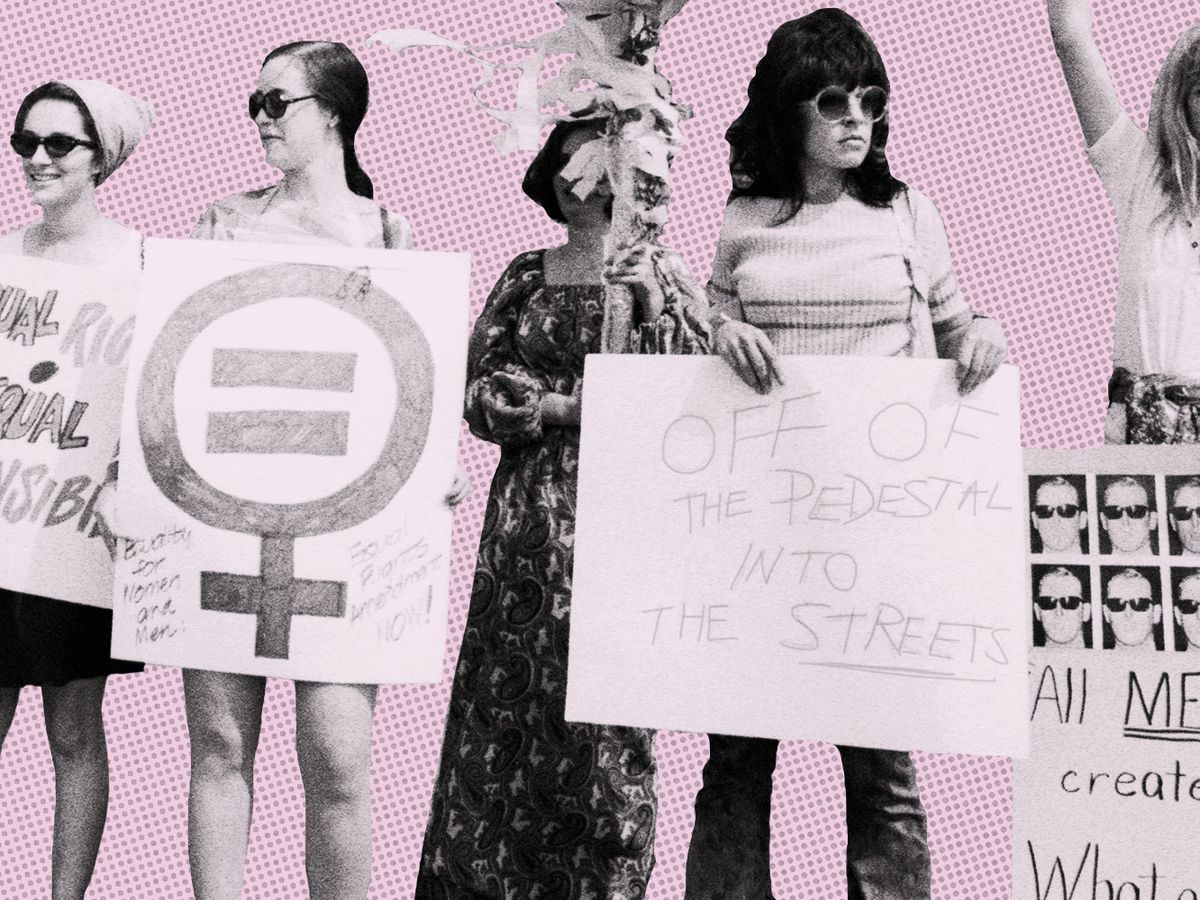The Indian monarchies are patrilineal and hereditary, guarding the masculine and inherent right to ascend the throne. During the nineteenth and twentieth century, the central Indian Muslim Princely State of Bhopal was ruled by Begums’ succession. Among them the last of four generations of Queens, Nawab Sultan Jahan Begum contributed immensely to female education and carried out social and educational reforms to uplift Muslim women’s status.
I got an opportunity of studying undergraduate studies in law at Aligarh Muslim University after high school. I was fortunate to have spent my early years of education in the Begum Sultan Jahan Hostel (BSJ), which held more depth than a hostel’s mere name. This is where I learned about Begum Sultan Jahan, the revered Indian Muslim Woman icon to whom women like me look up to.
Early Life
Sultan Jahan Begum described her early life in ‘Taj-ul-Ikbal‘, which is so brief and void of detail. Nawab Sultan Jahan Begum was one of those women who appears to have vanished from history’s pages. She was one of the most prolific rulers of Bhopal, the current capital of the Indian state of Madhya Pradesh.
In 1901, after the death of her grandmother Sikandar Begum and her mother Sultana Shah Jahan, Sultan Jahan became Nawab Begum of Dar-ul-Iqbal-i-Bhopal.
Given the fact that a succession of widows governed the country at the time, the Purdah regime (which mandated women to be veiled at all times) was strictly adhered. The exhibit follows the life of Nawab Sultan Jahan Begum, who made great strides in infrastructure, architecture, arts, and education at a time when women were so severely deprived.
The Begum took lessons in reading and translating the Quran, handwriting, arithmetic, Persian, Pashtu, and English and horse riding and fencing in her early days. All of this indicated that Sultan Jahan Begum got a good education from the beginning of her childhood.
Also read: Sikander Begum: The Begum Who Was The “Star Of Colonial India” | #IndianWomenInHistory
Sultan Jahan Begum’s Reign
Sultan Jahan Begum succeeded her mother Shah Jahan Begum and ascended the throne on July 4, 1901 (17th Rabi-ul-Awwal, 1319 A.H) at the mature age of 43.
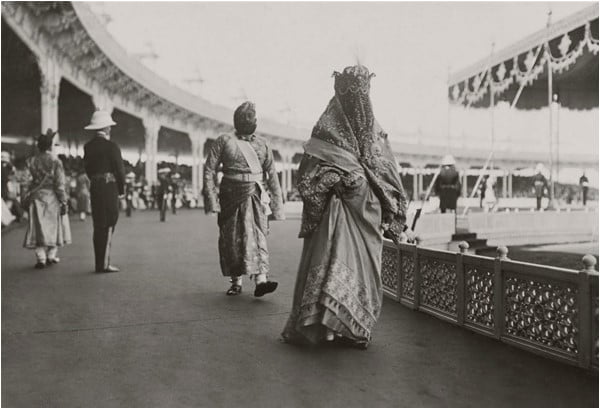
When the reigning Nawab, Mohammad Khan, died without an heir in Bhopal in 1819, the British agreed to crown his young wife Qudsia before her daughter Sikandar reached adulthood. Sikandar Begum’s husband died in 1844, and she went on to prove that she was a capable queen and a worthy ally of the British, playing a crucial role in the First War of Independence in 1857-1858. This compelled the British to make the Begum a sovereign in her own right. She was invested with the Exalted Order of the Star of India three years later, in 1861, making her the only female knight in the British Empire at the time, apart from Queen Victoria. India has seen the cross-fertilisation of cultures and holds the most intense of world history.
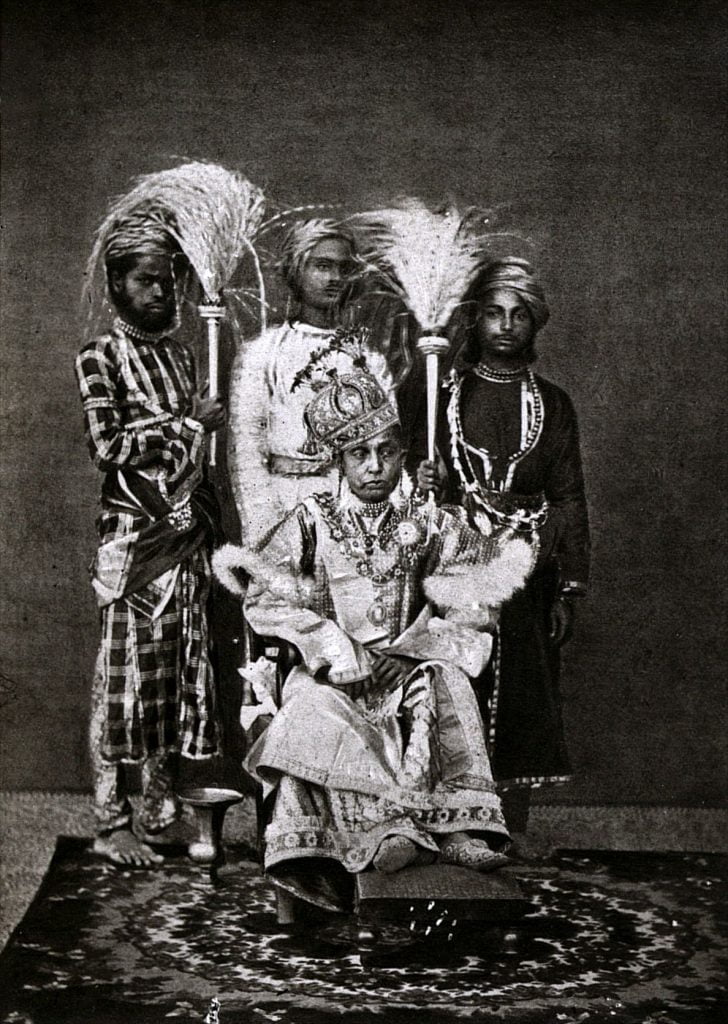
In 1901, after the death of her grandmother Sikandar Begum and her mother Sultana Shah Jahan, Sultan Jahan became Nawab Begum of Dar-ul-Iqbal-i-Bhopal. Her reign lasted 25 years, and she was known for her contribution to development, education, and women’s health reforms.
Feminist and Writer
Feminism was practised by the Begums of Bhopal long before it became popular. Their battles weren’t waged on the front-line, but they were complex, headstrong, and opinionated. As a part of women’s health reforms, Sultan Jahan Begum was to promote professionalisation concerning female health practitioners and medical institutions. She took charge of her state’s women’s clinics and dispensaries while also developing a training curriculum for Unani doctors, nurses, midwives, and health tourists. The problem of sanitation and hygiene was also taken up in the Women’s Health Reforms program.
Also read: Looking Beyond The Stereotypes: Muslim Women In India
She wrote nearly 50 books on cooking, housekeeping, health, women’s rights and responsibilities etc
Seeing a monarch dedicate time and resources to women’s education beyond their state was truly extraordinary. Sultan Jahan Begum was a prolific writer who wrote the biography of her immediate relatives and told her own life in three volumes under the English title “An Account of My Life” (Gohur-i-Ikbal) in 1912, 1922, and 1927. Moreover, apart from these, she also wrote ‘Sirat-i-Mustafa,’ a Prophet Muhammad’s biography that demonstrated her broader interest in Islamic history. She wrote nearly 50 books on cooking, housekeeping, health, women’s rights and responsibilities etc. Her works have a reformist bent to them.
She delivered several speeches on female education at women’s clubs and conventions, which were collected in ‘Silk-i-Shahwar’ in 1919 and a short Decennial Report of the Princess of Wales Ladies Club, Bhopal, in 1922. Others appeared in women’s Urdu journals, such as ‘Khatun’ (Aligarh) and ‘Zill-us-Sultan’ (Bhopal). By deftly balancing tradition and modernity, the Begums expertly navigated the various demands of influence. They will let go of the burkha at times and wear it at others to show certain modernity.
The Begums also remembered their mothers and grandmothers in their essays, paying homage to the powerful women who influenced their lives and personalities. Their devotion to Islam and austerity set them apart from the squandered royal lives of overindulgence and frivolity. They often referred to the Quran and esteemed Islamic scholars, upholding the belief that Islam promotes gender equality.
The provision of regular moral and civil instruction courses in various classes was a significant aspect of state education. Sultan Jahan Begum built the Hamidia Library founded by her third son, Sahibzada Hamidullah Khan, in 1900. This library became a good influence and inspiration for the state’s students and academics. The City Sanskrit Pathshala, the Jain Digambar Pathshala, the Jain Shwetabar Pathshala, the Kanya Vidyalaya, and the Sehore Kanya Pathshala were the other six public schools sponsored by the state government, in addition to the schools mentioned above.
About Birjeesia Girls School, she wrote, “I had been preoccupied for long with the idea of establishing a school for Hindu girls. This is because I keep my people dear to my heart, irrespective of their faith. It is not proper, as of now, for any ruler to discriminate against people along religious lines. Efforts must be made at all costs to maintain equality. That is why I aim to impart education to both Muslim and Hindu girls. Had I not been constrained by specific religious considerations, I would not have ever established separate schools for them.Although education for girls of both the communities is imparted on one pattern but keeping in view that they needed religious education in a greater measure at the early stages of their lives, they could not be educated together. As such, I established a pathshala for girls after Birjees Jahan Begum. It was inaugurated on June 25, 1907, in a function held for the purpose. Miss Vity Chaanappa addressed the audience, following which I made my presentation and announced the school’s inauguration. I earnestly hope that this school will progress well, and the parents of Hindu girls would be enthusiastic about getting their daughters educated.”
The First Woman Chancellor of Aligarh Muslim University
Sultan Jahan Begum, the first woman chancellor of Aligarh Muslim University, paid particular attention to women’s education and emancipation. On a proposal to create a Girls College, she wrote,
“The most important thing for women in India is to provide them with educational opportunities. So, it was planned to establish a college for both Hindu and Muslim girls to educate them according to their requirements.”- Begum Sultan Jahan, Akhtar-e-Iqbal – Pg. 179
It was proposed to be established in her name in Delhi, which had become the centre of all hopes and aspirations for all Indians. When I look back at my experiences at Aligarh Muslim University, I look back at the lessons I learned from the Begums and the wave of feminism that created endless ripples in Indian society and history. However, the Begums of Bhopal are noteworthy for maintaining a committed succession of woman monarchs, despite being hostile to their gender rule.
Also read: 7 Legendary But Unremembered Muslim Women In Islamic History
Despite their spiritual and political odds, their rule was characterised by benevolence and modernity, a progressive tolerance to reform, such as women’s schooling and medicine, while retaining a steadfast devotion to Islam’s ideals. Sadly, Indian women lay stress on western literature when we have home-grown literature & feminists, whose lives are accounts of ideological battles in a patriarchal set-up. Begum was a symbol for women, whether Muslim or otherwise.
Nabeela Siddiqui, is a Doctoral candidate at CHRIST (Deemed to be University) Delhi-NCR. She was previously working as Research cum Teaching Assistant at National Law University, Jabalpur.
Featured Image Source: Feminism in India
